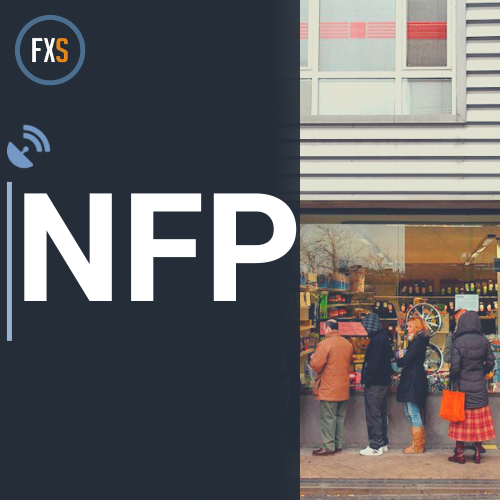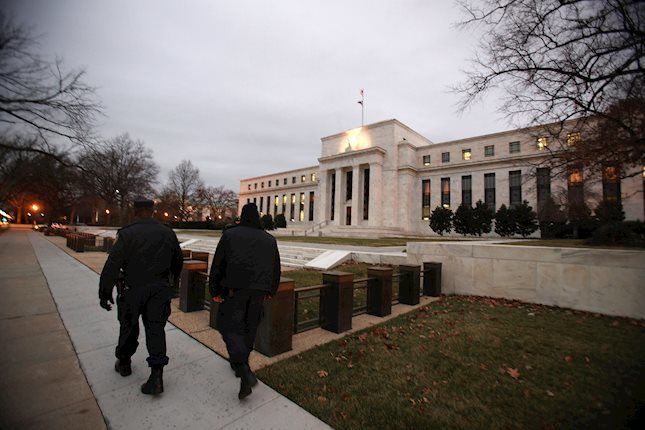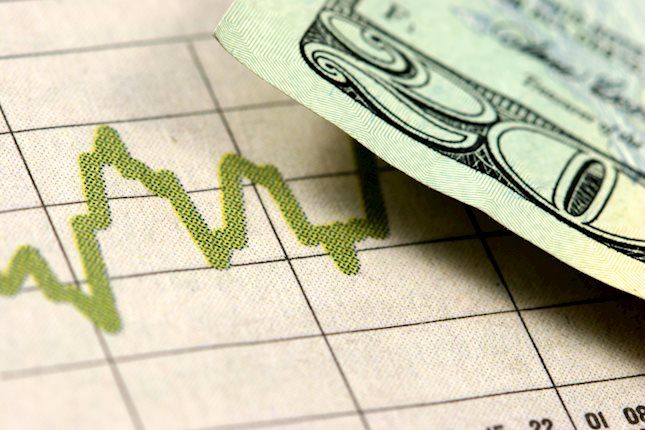US Nonfarm Payrolls set to show hiring slowed in December after November’s jump
- US Nonfarm Payrolls are expected to rise by 160K in December after jumping by 227K in November.
- The United States Bureau of Labor Statistics will release the labor data on Friday at 13:30 GMT.
- US jobs data is set to rock the US Dollar after hawkish Fed Minutes published on Wednesday.
The highly anticipated United States (US) Nonfarm Payrolls (NFP) data for December will be published by the Bureau of Labor Statistics (BLS) on Friday at 13:30 GMT.
The December jobs report is critical to the US Dollar’s (USD) next directional move as it will help the markets gauge future interest rate cuts by the US Federal Reserve (Fed) amid the incoming administration of President-elect Donald Trump.
Join the NFP Live Coverage here
What to expect from the next Nonfarm Payrolls report?
Economists expect the Nonfarm Payrolls report to show that the US economy added 160,000 jobs in December after witnessing a stellar 227K job gain in November as distortions caused by two hurricanes and the Boeing strike faded.
The Unemployment Rate (UE) is expected to remain at 4.2% in the same period.
Meanwhile, Average Hourly Earnings (AHE), a closely-watched measure of wage inflation, are expected to rise by 4% year-over-year (YoY) in December, at the same pace as seen in November.
Investors will assess the December jobs data for fresh signs on the health of the US labor market, as they remain wary about the inflation and monetary policy outlook under Trump’s presidency. Incoming Trump’s immigration and trade policies are expected to stoke up inflation, calling for higher interest rates.
The Minutes of the Fed’s December meeting released on Wednesday showed policymakers’ concerns about inflation and the potential impact of Trump’s policies, suggesting that they will move more slowly and cautiously on interest rate cuts because of the uncertainty.
Previewing the December employment situation report, TD Securities analysts said: “We expect payroll growth to cool down closer to trend in December following the October-November gyrations that were triggered by one-off shocks.”
“The UE rate likely stabilized at 4.2% despite our expectation for a meaningful rebound in the household survey's employment series. Separately, we look for wage growth to mean-revert to 0.1% m/m following a string of hot monthly prints,” they added.
How will US December Nonfarm Payrolls affect EUR/USD?
Speculations around Trump's potential tariff plans continued to offset any impact from the recent US economic data releases. However, that failed to alter the market’s pricing of a no-rate change decision at the Fed meeting later this month, according to the CME Group's FedWatch tool.
Earlier in the week, the BLS reported that the JOLTS Job Openings climbed to 8.09 million, outpacing forecasts for a 7.7 million growth and higher than October's 7.83 million print.
The Automatic Data Processing (ADP) announced on Wednesday that employment in the US private sector grew by 122,000 jobs last month, lower than the estimated 140,000 and November’s 146,000 job gain.
The disappointing ADP jobs report ramped up expectations of a weak payrolls data on Friday. However, the US ADP data is generally not correlated with the official NFP data.
If the headline NFP figure shows a payroll growth below 100,000, the US Dollar could witness a massive selling wave in a knee-jerk reaction to the data, as it would create a dilemma for the Fed and could revive dovish Fed expectations. In such a scenario, EUR/USD could stage a solid comeback toward the 1.0450 level.
On the other hand, an upside surprise to the NFP and wage inflation data could double down on the Fed’s hawkish shift, sending the USD back to multi-year highs while knocking off the EUR/USD pair to the lowest level in over two years to below 1.0250.
Dhwani Mehta, Asian Session Lead Analyst at FXStreet, offers a brief technical outlook for EUR/USD:
“EUR/USD remains below all major daily Simple Moving Averages (SMA) in the lead-up to the NFP showdown. Meanwhile, the 14-day Relative Strength Index (RSI) points south below the 50 level. These technical indicators suggest that the pair remains exposed to downside risks in the near term.”
“Buyers needs a decisive break above the 21-day Simple Moving Average (SMA) at 1.0391 to initiate a meaningful recovery toward the January 7 high of 1.0437. The next relevant topside target aligns at the 50-day SMA at 1.0510. Fresh buying opportunities will rise above that level, calling for a test of the December 6 high of 1.0630. Conversely, if EUR/USD yields a sustained break of the two-year low at 1.0224, additional declines will aim for the 1.0150 psychological barrier.”
Economic Indicator
Nonfarm Payrolls
The Nonfarm Payrolls release presents the number of new jobs created in the US during the previous month in all non-agricultural businesses; it is released by the US Bureau of Labor Statistics (BLS). The monthly changes in payrolls can be extremely volatile. The number is also subject to strong reviews, which can also trigger volatility in the Forex board. Generally speaking, a high reading is seen as bullish for the US Dollar (USD), while a low reading is seen as bearish, although previous months' reviews and the Unemployment Rate are as relevant as the headline figure. The market's reaction, therefore, depends on how the market assesses all the data contained in the BLS report as a whole.
Read more.Next release: Fri Jan 10, 2025 13:30
Frequency: Monthly
Consensus: 160K
Previous: 227K
Source: US Bureau of Labor Statistics
America’s monthly jobs report is considered the most important economic indicator for forex traders. Released on the first Friday following the reported month, the change in the number of positions is closely correlated with the overall performance of the economy and is monitored by policymakers. Full employment is one of the Federal Reserve’s mandates and it considers developments in the labor market when setting its policies, thus impacting currencies. Despite several leading indicators shaping estimates, Nonfarm Payrolls tend to surprise markets and trigger substantial volatility. Actual figures beating the consensus tend to be USD bullish.
Fed FAQs
Monetary policy in the US is shaped by the Federal Reserve (Fed). The Fed has two mandates: to achieve price stability and foster full employment. Its primary tool to achieve these goals is by adjusting interest rates. When prices are rising too quickly and inflation is above the Fed’s 2% target, it raises interest rates, increasing borrowing costs throughout the economy. This results in a stronger US Dollar (USD) as it makes the US a more attractive place for international investors to park their money. When inflation falls below 2% or the Unemployment Rate is too high, the Fed may lower interest rates to encourage borrowing, which weighs on the Greenback.
The Federal Reserve (Fed) holds eight policy meetings a year, where the Federal Open Market Committee (FOMC) assesses economic conditions and makes monetary policy decisions. The FOMC is attended by twelve Fed officials – the seven members of the Board of Governors, the president of the Federal Reserve Bank of New York, and four of the remaining eleven regional Reserve Bank presidents, who serve one-year terms on a rotating basis.
In extreme situations, the Federal Reserve may resort to a policy named Quantitative Easing (QE). QE is the process by which the Fed substantially increases the flow of credit in a stuck financial system. It is a non-standard policy measure used during crises or when inflation is extremely low. It was the Fed’s weapon of choice during the Great Financial Crisis in 2008. It involves the Fed printing more Dollars and using them to buy high grade bonds from financial institutions. QE usually weakens the US Dollar.
Quantitative tightening (QT) is the reverse process of QE, whereby the Federal Reserve stops buying bonds from financial institutions and does not reinvest the principal from the bonds it holds maturing, to purchase new bonds. It is usually positive for the value of the US Dollar.
Forex News
Keep up with the financial markets, know what's happening and what is affecting the markets with our latest market updates. Analyze market movers, trends and build your trading strategies accordingly.




















